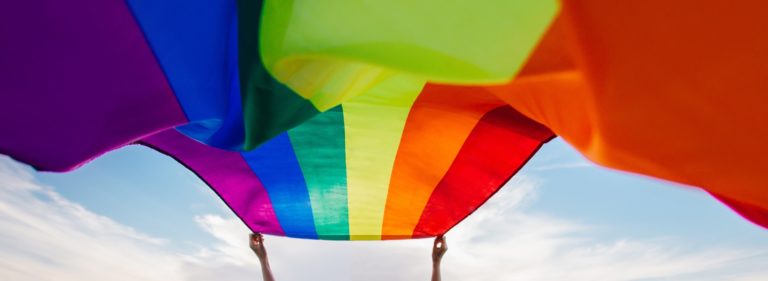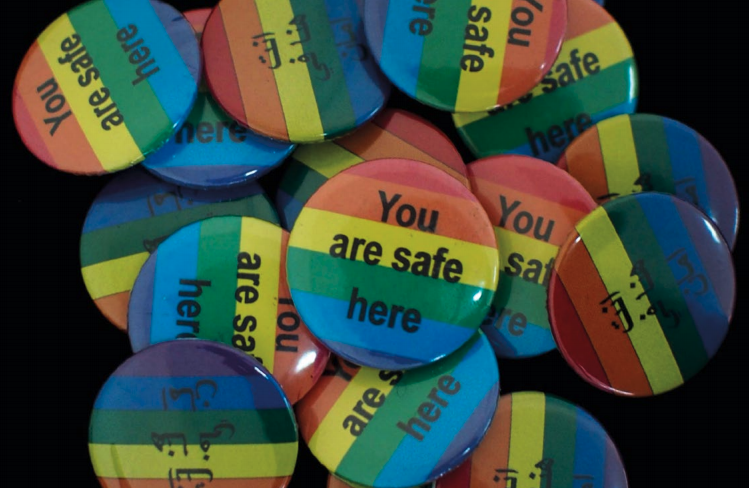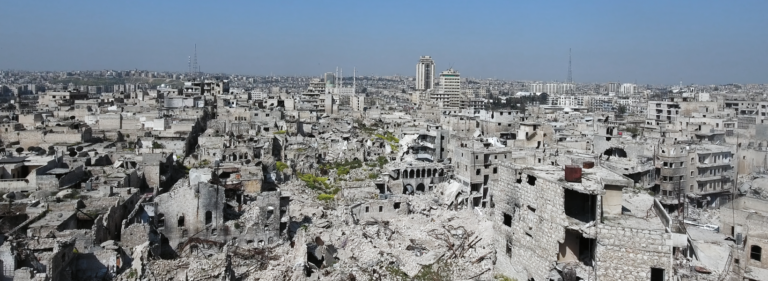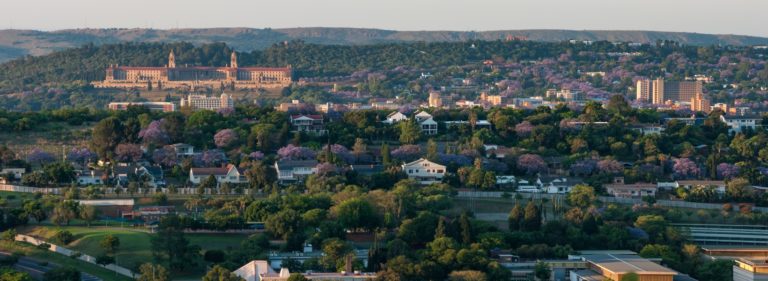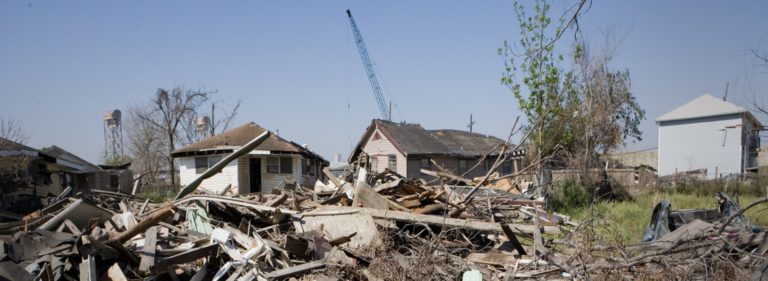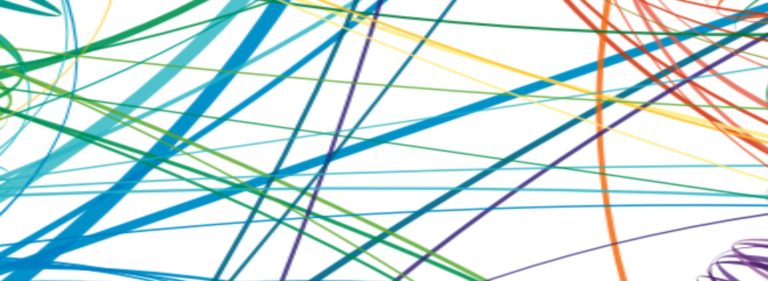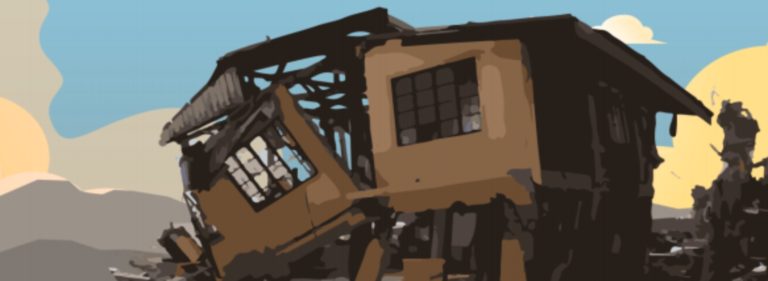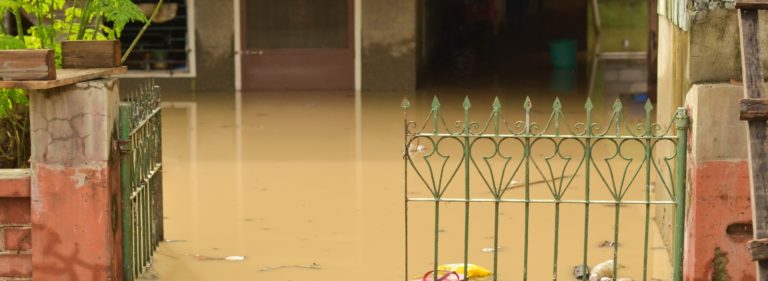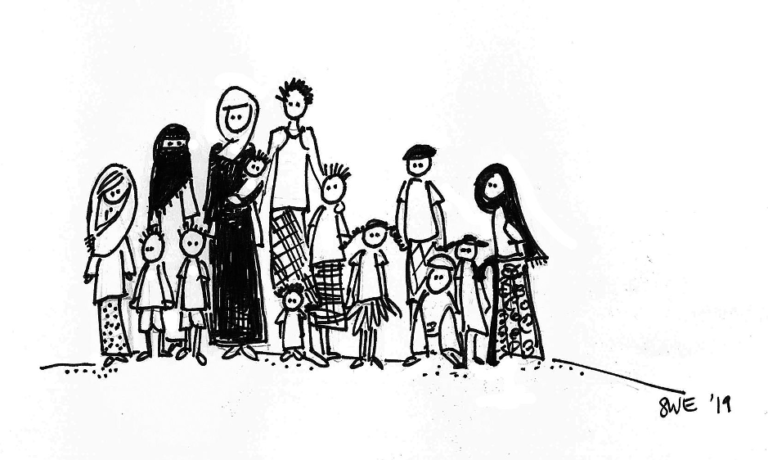This report contributes new evidence on why and how SGBV increases during and after humanitarian disasters, and how humanitarian actors can better prevent and respond to this escalation. The research used in this report is based on community views of disaster-affected women, adolescent girls, men and adolescent boys in Indonesia, Lao PDR and the Philippines. This report includes data on the experiences of men and boys following disasters in an attempt to bridge the gap in SGBV research.
The report primarily uses binary and heteronormative understandings of gender and relationships. The primary focus of this report is reducing male SGBV against women. High levels of rape-supportive attitudes, such as adolescent girls who are sexually assaulted are at fault due to their dress, were reported across many of the men and boys research groups.
Chapter three covers the results from Indonesia following the 2016 Pidie Jaya earthquake in Aceh and flashflood in Bima. While violence against women is illegal in Indonesia, research suggest high levels of violence-supportive attitudes among women, and SGBV was high following the earthquake in Aceh and flooding in Bima. Overcrowding was a significant challenge in post-disaster shelters, as were the lack of gender-segregated toilets and lack of safe spaces for women. There were significant gaps in referral pathways for people experiencing violence, and an almost total lack of psychosocial support in communities. The main themes from FGDs in Indonesia were:
-The increase in sexual harassment in temporary shelters was due to lack of separate toilets for men and women
-The importance of well-designed livelihoods interventions prevent increased risks of SGBV
-There is high dependence on village-level dispute resolution mechanisms (rather than police or the judicial system)
Generally speaking, the lack of separate spaces for men and women contributes to an increase in SGBV following disasters (i.e. toilets, shelter, education spaces etc). The need for safe spaces was a theme across all focus groups and interviews across the three countries. One of the specific challenges to the inclusion, recognition and protection of people with diverse genders and sexualities was the binary understandings of gender across all three countries’ legal systems. Discrimination based on sexual orientation, gender identity or expression was not part of any anti-discrimination legislation at time of publication. This increases the risk that people from the LGBTQI community will experience discrimination and harassment, and that they will have no legal recourse.
Increases in SGBV in the immediate aftermath of natural disasters was a common theme. The lack of gender-segregated toilets, shelters and educational spaces were identified as significant contributing factors, as were the lack of fully locking toilets. SGBV is largely unreported following disasters for a variety of reasons, including the widespread acceptability of SGBV, lack of reporting pathways and lack of surveillance.
The lack of involvement of women in planning efforts was another theme across the three countries in this report. Women have reduced mobility in all areas where research was carried out. This is due to cultural norms and fears of SGBV in non-disaster settings. Disaster settings increase these fears as well as the risk of assault, especially in circumstances where women do not have separate spaces from men.
The report briefly mentions the ways in which LGBTQI needs could be better understood and met within the disaster context, making recommendations to include LGBTQI advocacy groups in cluster planning committees, create an LGBTQI council and create and resource a SGBV task force that includes representatives of the LGBTQI community. The need to better understand and incorporate preparedness, response and recovery for lesbian women, gay men, transgender people, queer and intersex individuals emerged as a theme in many key informant interviews and as one of the gaps identified in the background section of this report. Mentions of the LGBTQI community were notably absent in FGDs and interviews in Indonesia, and appeared only in the recommendations section (which features verbatim recommendations for all three countries with reference to including LGBTQI groups in the Inter-agency standing committee IASC).
This report provides solid insight into the experiences of women and girls of male-perpetrated SGBV following disasters. The report did not focus on the needs or experiences of members of the LGBTQI community, although the particular challenges facing this group did appear.
